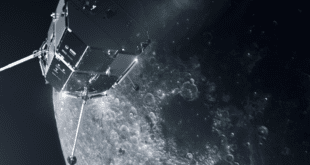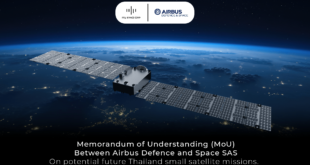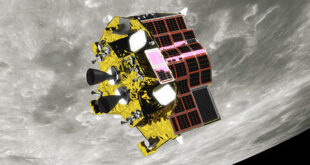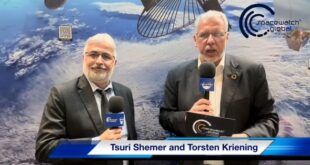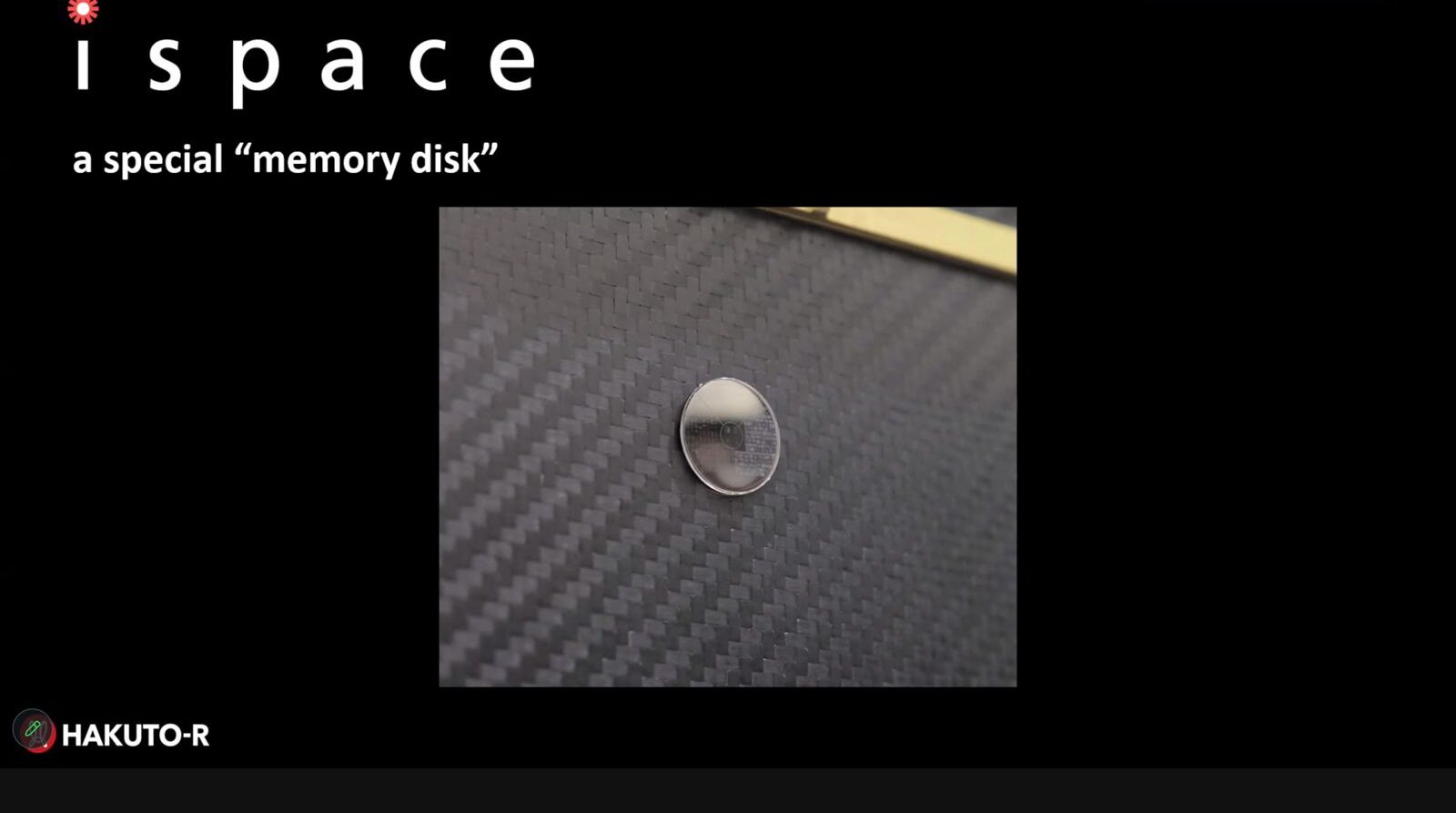
Thessaloniki, May 7, 2024, – ispace, inc. has announced its cooperation with the United Nations Educational, Scientific and Cultural Organization (UNESCO) on a lunar mission intended to preserve humanity’s language and cultures on the Moon.
At the Information Meeting on Universal Acceptance, held at UNESCO Headquarters in Paris on May 6, 2024, UNESCO announced its mission to transport and safeguard languages and cultural treasures on the lunar surface. The cultural artefacts are saved on a special “memory disk”, which UNESCO jointly developed with an innovation platform based in California. On behalf of ispace, inc., Julien Lamamy, CEO of ispace EUROPE S.A. (ispace-EUROPE), spoke at the event with UNESCO members involved in the project, aimed to preserve languages through the use of technology and others.
UNESCO is committed to preserving the linguistic diversity that represents human cultures from any crisis that threatens their destruction in the future, and preservation on the lunar surface is one means to preserve cultures. The memory disk bears the UNESCO Constitution’s Preamble, which expresses the importance of preserving world unity, linguistic diversity, and cultures translated into 275 languages.
ispace, inc., with employees of 30 different nationalities in three entities (Japan, the US, and Europe), contributes to the promotion of national space policies and the space industry while leveraging the culture and diversity of each country and region as one integrated global company. ispace aims to establish its vision of long-term lunar development and the creation of a cislunar economy. Regarding the lunar mission, UNESCO’s philosophy of maintaining and preserving the diversity of humanity’s language resonated with ispace’s corporate philosophy and ispace plans to install the memory disk on the RESILIENCE lunar lander as part of ispace, inc.’s HAKUTO-R Mission 2 scheduled to be launched in the winter of 2024.
“Maintaining linguistic diversity and preserving culture are significant aspects of UNESCO’s mandate. We are very honored to announce that ispace’s HAKUTO-R Mission 2 will contribute to realizing UNESCO’s lunar mission to benefit the world,” said Julien Lamamy. “We continue to progress on HAKUTO-R Mission 2, with the recent lander and rover development achievements that put us on a timeline for a Winter 2024 launch carrying UNESCO’s payload.”
Operations for Mission 2 are already fully funded. Furthermore, on April 30, 2024, ispace received U.S. $45 million from Sumitomo Mitsui Banking Corporation (SMBC) as working capital related to the development and operation of Mission 3, scheduled to be launched in 2026, as well as for Mission 6, scheduled to be launched in 2027.


